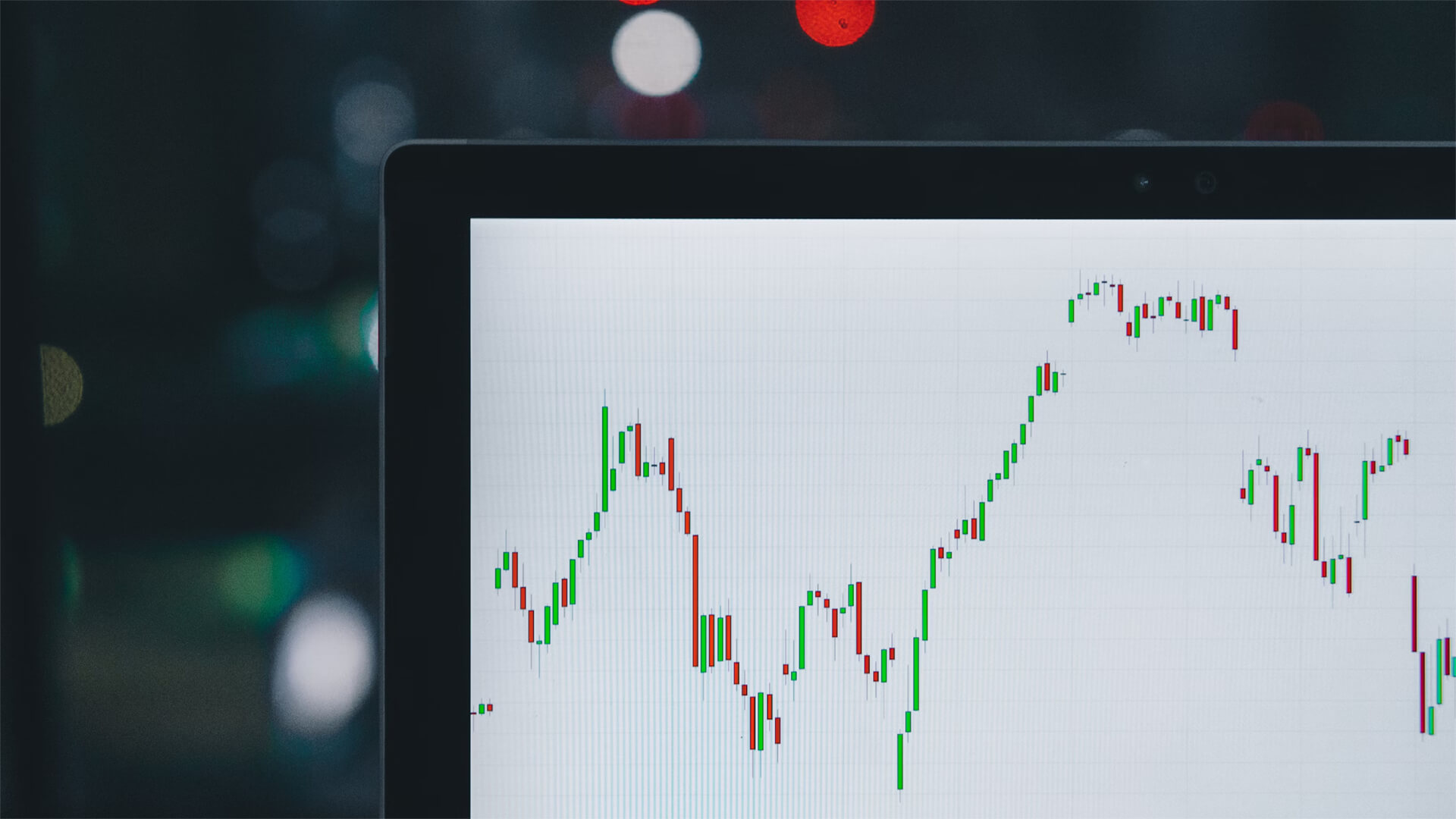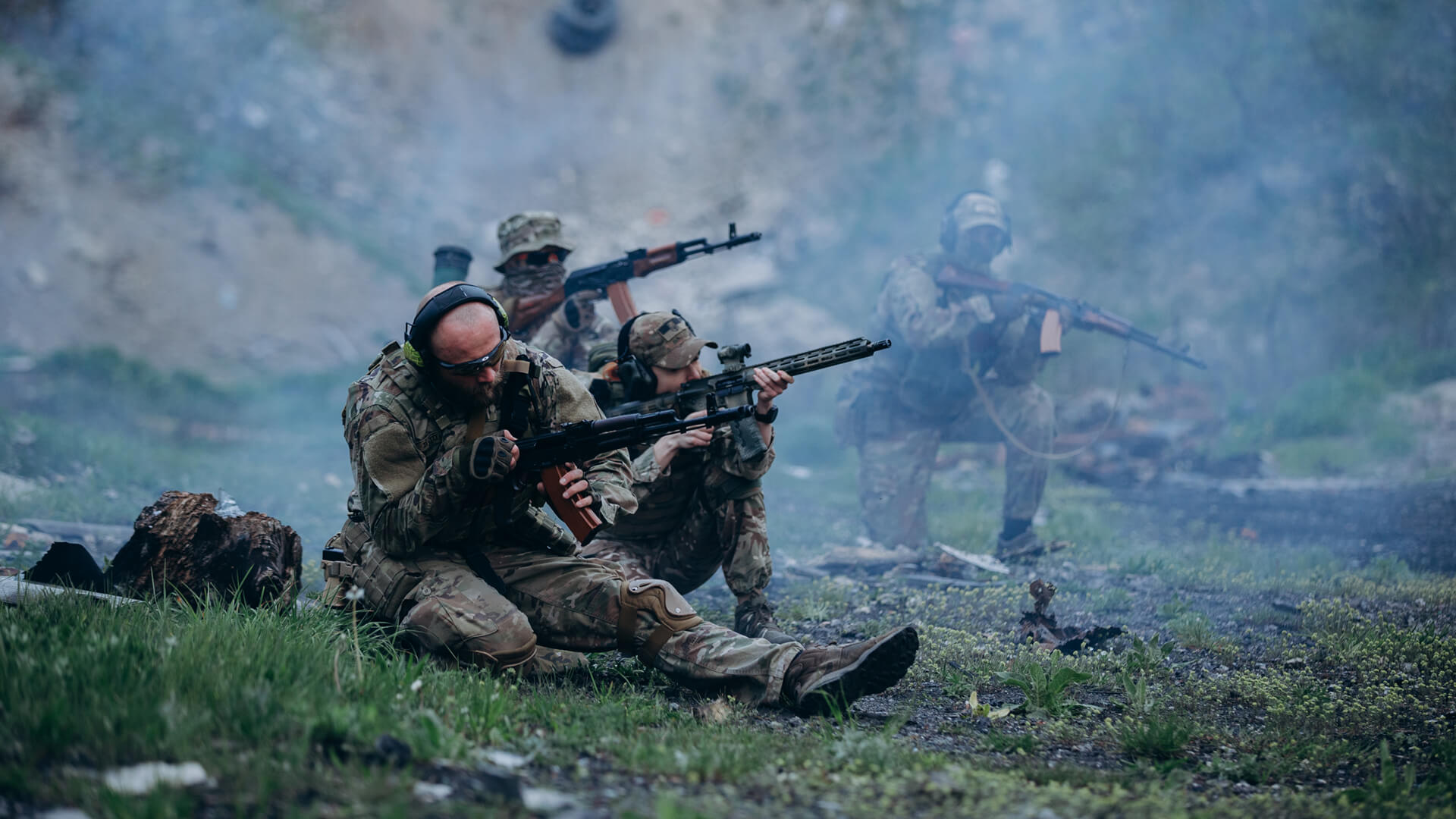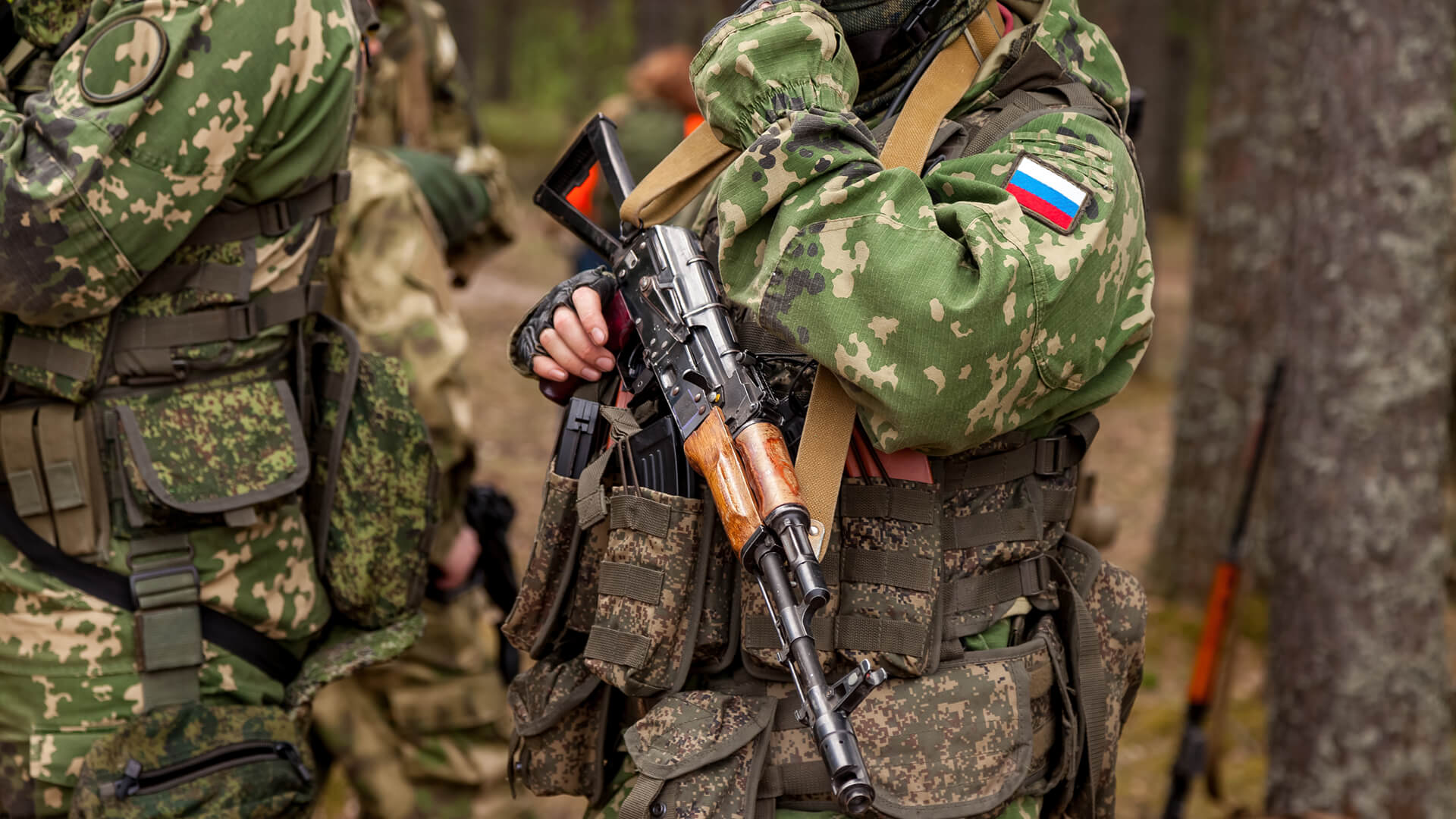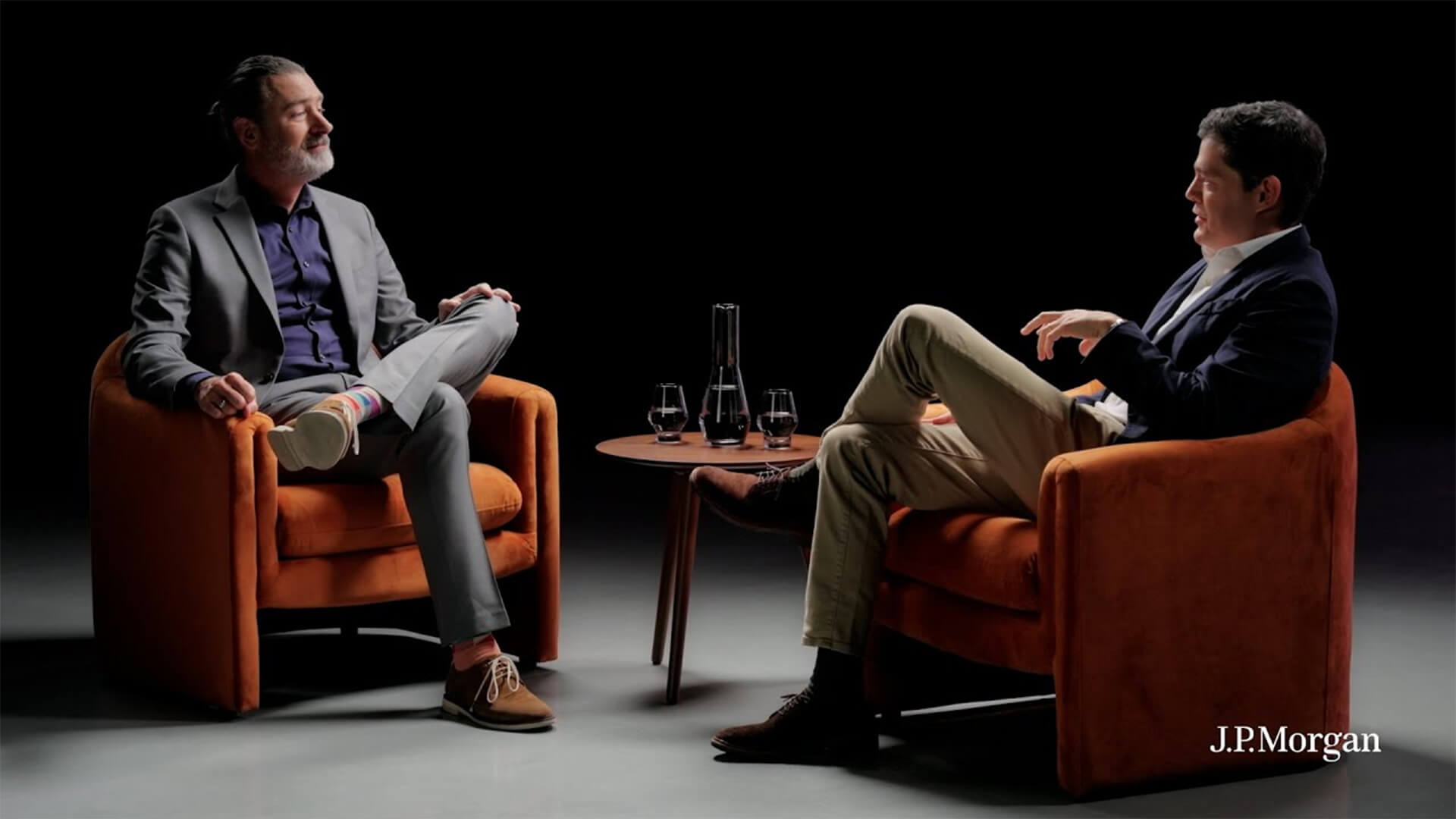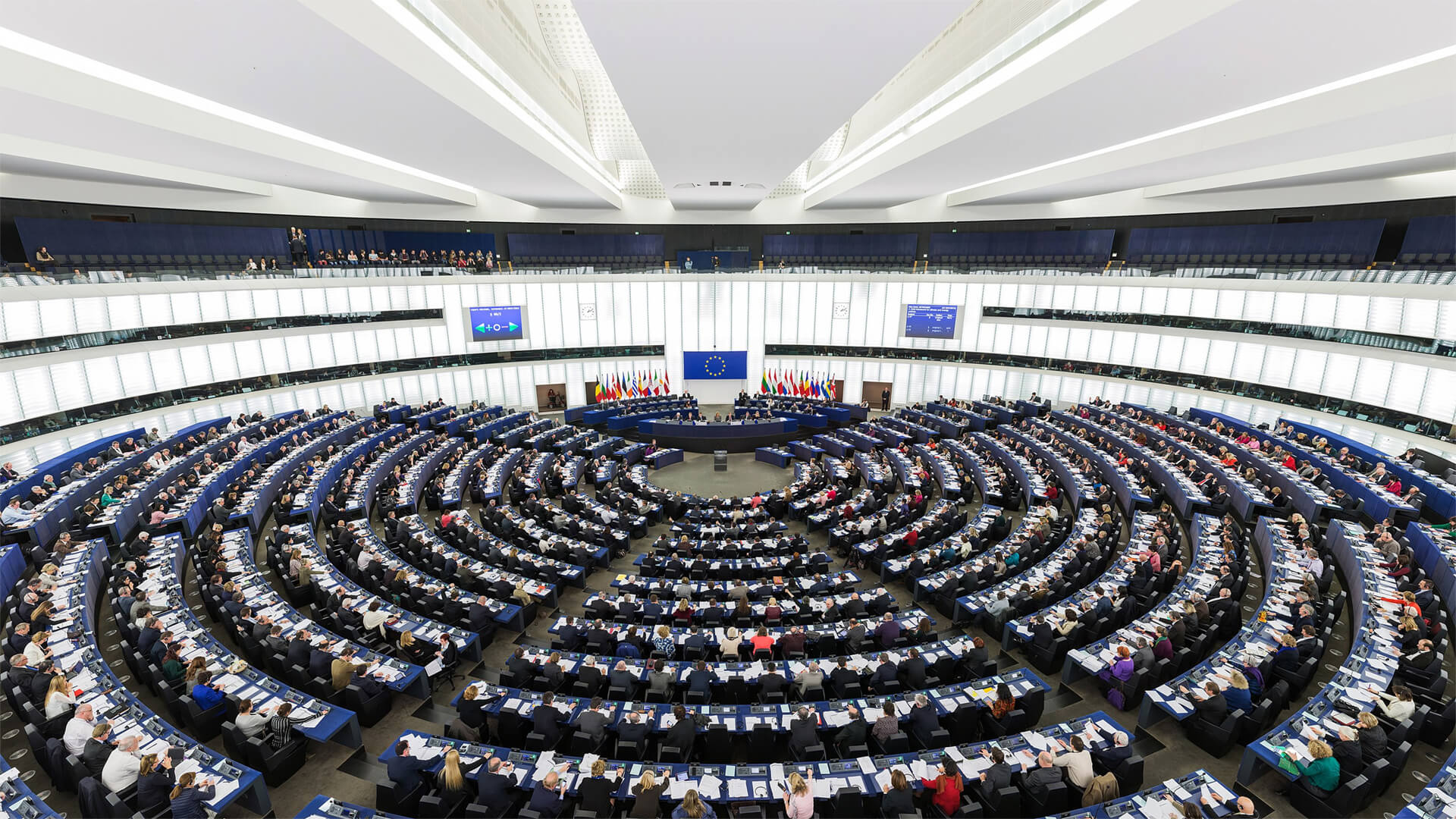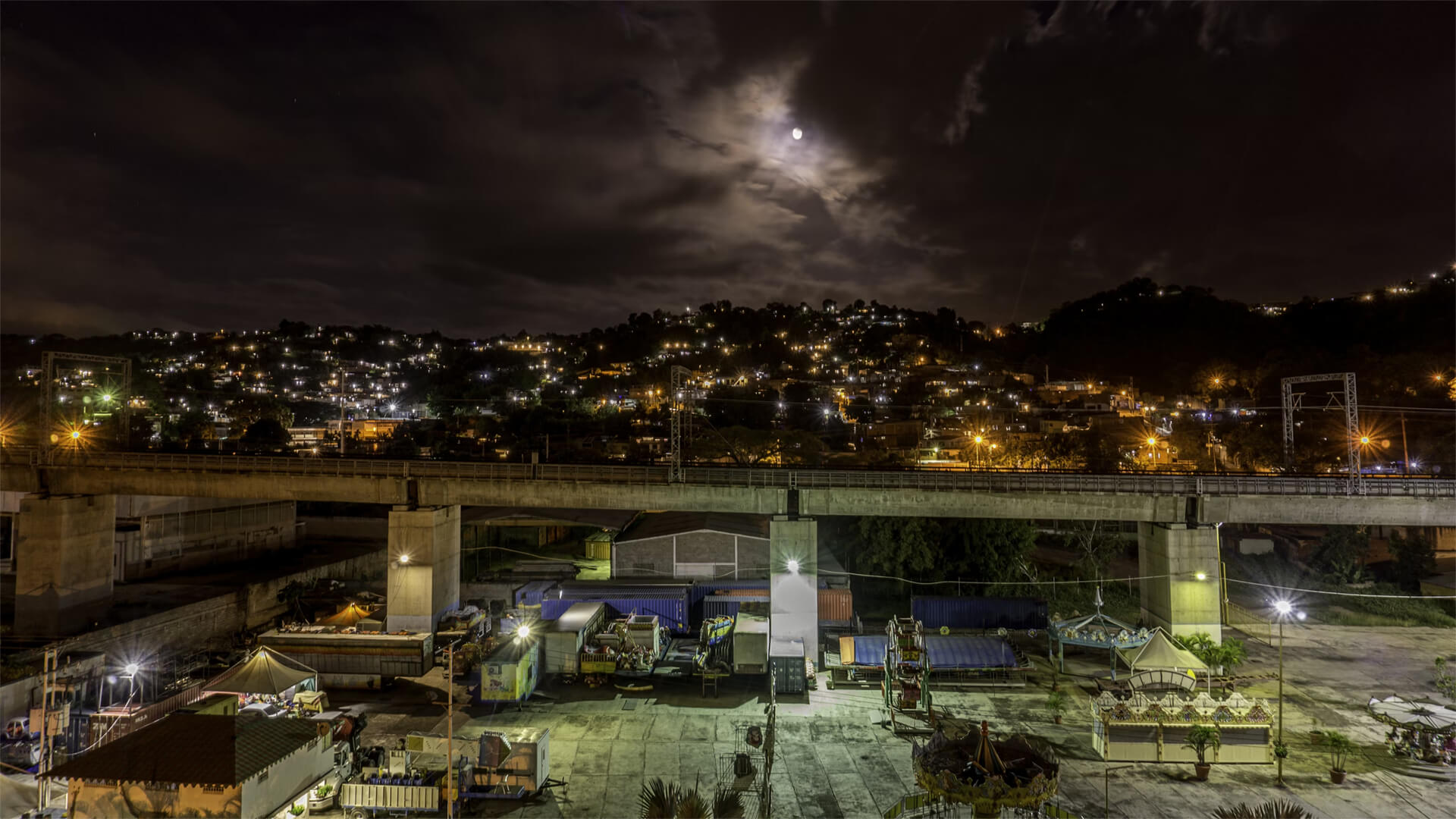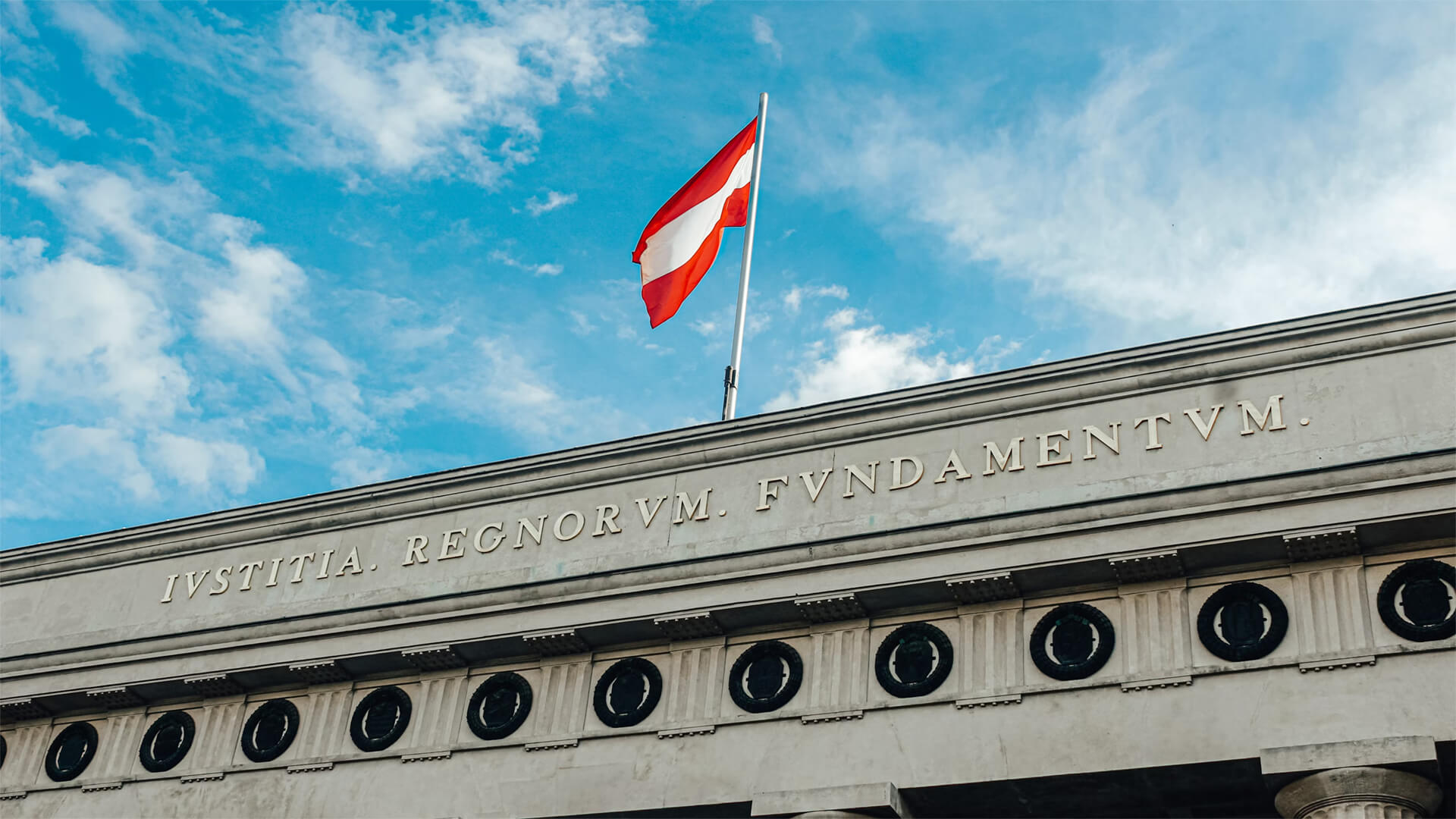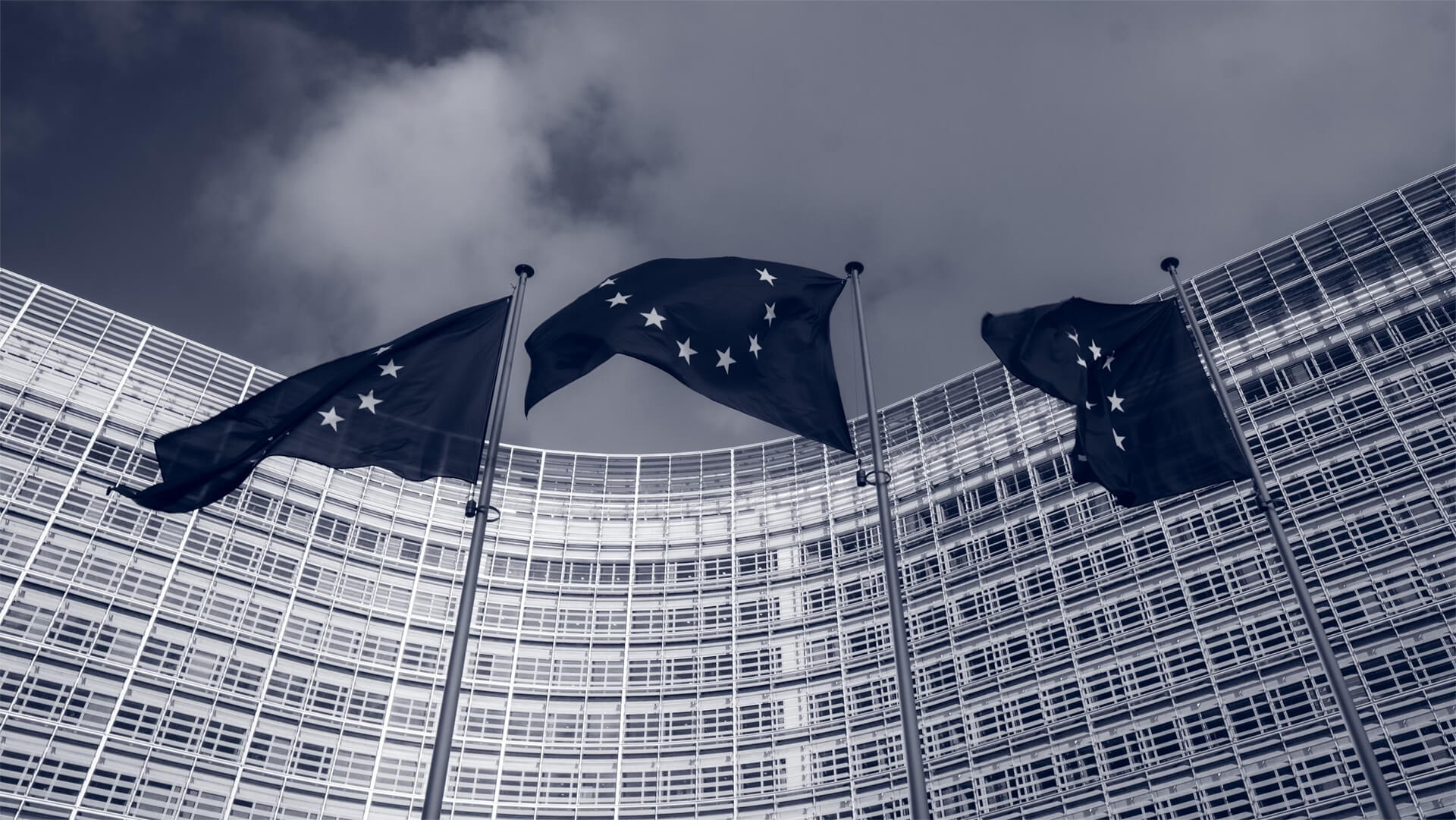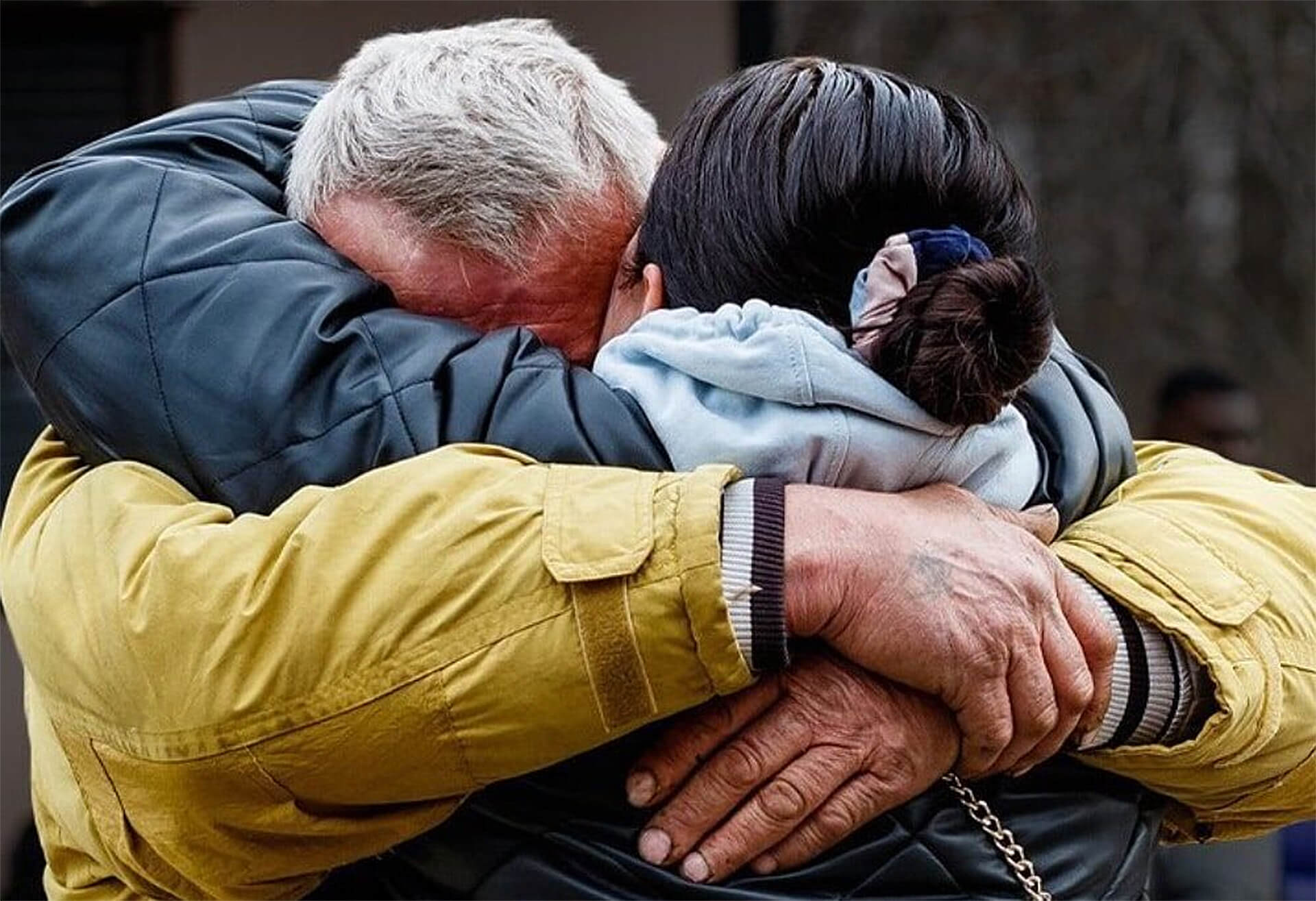If you don’t want to start your day with beautiful beach views and economic forecasts, you may want to skip the video. Today we’ll be discussing recent changes to the US economy and what future impacts might look like.
Trump and Biden boosted the economy with massive stimulus packages post-COVID, but things are beginning to settle down. There’s some minor issues starting to pop up, like a rise in loan delinquencies and higher interest rates, but the US economy still looks strong overall.
The bigger concern revolves around government spending surpassing private sector growth for the first time ever. This indicates a potential shift toward government-driven economic growth, that could undermine long-term dynamism and efficiency in the US economy.
This isn’t something that will happen overnight, but if left unaddressed, the US could face significant economic challenges down the road.
Here at Zeihan On Geopolitics we select a single charity to sponsor. We have two criteria:
First, we look across the world and use our skill sets to identify where the needs are most acute. Second, we look for an institution with preexisting networks for both materials gathering and aid distribution. That way we know every cent of our donation is not simply going directly to where help is needed most, but our donations serve as a force multiplier for a system already in existence. Then we give what we can.
Today, our chosen charity is a group called Medshare, which provides emergency medical services to communities in need, with a very heavy emphasis on locations facing acute crises. Medshare operates right in the thick of it. Until future notice, every cent we earn from every book we sell in every format through every retailer is going to Medshare’s Ukraine fund.
And then there’s you.
Our newsletters and videologues are not only free, they will always be free. We also will never share your contact information with anyone. All we ask is that if you find one of our releases in any way useful, that you make a donation to Medshare. Over one third of Ukraine’s pre-war population has either been forced from their homes, kidnapped and shipped to Russia, or is trying to survive in occupied lands. This is our way to help who we can. Please, join us.
Transcript
Hey everybody, Peter Zeihan here coming to you from Monarch Bay in Southern California. today we’re going to do kind of a big picture economic take of the United States. because, you know, a lot has gone down in the last 25 years. I think it’s good for me to kind of put my stamp on the ground and where we are.
we might be getting back to some version of normal. It is a bunch of light here. Let me kind of spell that out from the back side. If you remember back to the transition from the Trump administration to the Biden administration, there was a contest among the two of them about who Americans would like more because they had been paid to, like.
the incoming Biden administration had made it very clear that the first thing he was going to do was $1 trillion stimulus that would put money in people’s hands, to get over Covid. And as soon as Trump heard about this, he’s like, well, I want to do that too. So I want to be like an administration to leave on a high point.
things, but work out that way. But he did put, I think it was $900 billion into the system in his final few weeks. and if you remember back, Covid was pretty much over by then. So we had $2 trillion dumped in and a quarter, into a system that was already experiencing rapid economic growth as one of the many reasons why we had an inflation pulse in the early Biden administration.
Anyway, you combine that with all the stimulus that was still rolling around in the system from the Covid crisis, and Americans conservatively entered the Biden administration with over $2 trillion in savings that they hadn’t had before, according to the San Francisco Fed. They didn’t finish burning through that extra capital until the first quarter of 2024. which means we’re only now finding the ability to like, oh, look at that.
A third of the economy with a more normal supply and demand dynamic. And at the moment, things look pretty good. yes. Loan delinquencies are rising, but we are pretty close to record lows still, nor nowhere near the average, or certainly nowhere near the numbers that we had back in the last technical recession in 2007. interest rates are higher, but delinquency rates are far lower than they were at the period before we entered any other recession.
So I’m not saying that this is like we’re going to grow forever or anything like that, but at the moment the mechanicals look pretty positive, and I wouldn’t expect the United States to enter into recession. This calendar year. And some things would have to get a lot worse for us to consider a recession in next calendar year. At the current moment.
if there is a concern, it’s more the structural because, it has to do with the balance between private credit and government spending. Now, normally, private credit rises and falls based on the job conditions. And if it rises too fast, you get a bubble, which leads to a correction. the last, of course, big instance. And we had that was the subprime building from 2000 to 2007, where we roughly doubled total private credit in seven and a half years.
And as a result, we had the Great Recession, which was no fun for anyone. nothing like that is in the books this time. private credit has been growing for the last 15 years. It’s something much more along the lines of the century average. normally, private credit only drops or goes negative in times of recession because banks and stock holders generally restrict their play of capital on the system at a time when everything is over leveraged.
we’re not seeing that today. Instead, what we’re seeing is more government activity. Normally, the balance between these two factors is private credit is in the driver’s seat, except in times of recession, which is when the government steps in. And if you add the two together, you get actually a pretty even. Why? What has changed in calendar year 2023 is that relationship broker.
And for the first time in modern American history, total new government spending, not just the deficit, but the increase in the deficit year on year, that number surpassed the total increase in private spending for the first time in American history outside of a recession. Now, this is only one data point. I don’t want to overplay this, but for the first time in American history, the government has become the primary driver of economic growth in the country.
This is not a healthy position to be in. This is a very Zimbabwe, South African, Venezuelan sort of approach to economic management. Now there’s still trillions of dollars of private investment. There’s still tens of trillions of dollars of private economic activity. this is not something I’m overly stressing about right now. But if the numbers from last year repeated this year and based on the Biden administration spending, it looks like they will be.
And then next year, which Biden has indicated they probably will be, or if Trump wins. Absolutely. And if they do these plans to expand the government, then we’re in a different era of it. And if you remove the private sector as the primary driver of American economic growth, yes, you might get a little bit more populous support for the government or a particular candidate, but it comes at the cost of long term dynamism and size of the American economy, which has served the United States very well these last 200 years.
Now, the degree of populism was always going to be in the cards, not just because of the politics, but because of our demographics. The baby boomers, the largest generation ever. There pass halfway through retirement. They’re going to be sucking at the government teat for Medicare and Medicaid and Social Security until the day they die. So government outlays have to go up, which means deficit spending has to go up.
And there is no, appetite on either side of the American political aisle to do anything about that, because it’s not a vote winner. and if this sticks, we will have a problem down the line. This is a much bigger problem than the federal deficit, because this changes the complexion of the American economy and how we can adapt to shifts in the future, because the government just isn’t nearly as efficient.
It can be quick, but it’s not efficient. And ultimately, the efficient use of capital is half of the American story. So you’re looking for something to worry about? I’d worry about that. But in the meantime, government spending is stimulatory. And that suggests that for this calendar year and next, we’re not looking at a recession. So, you know, take your good news where you can.

